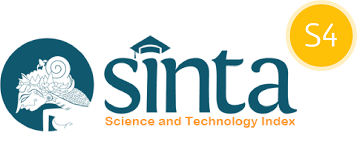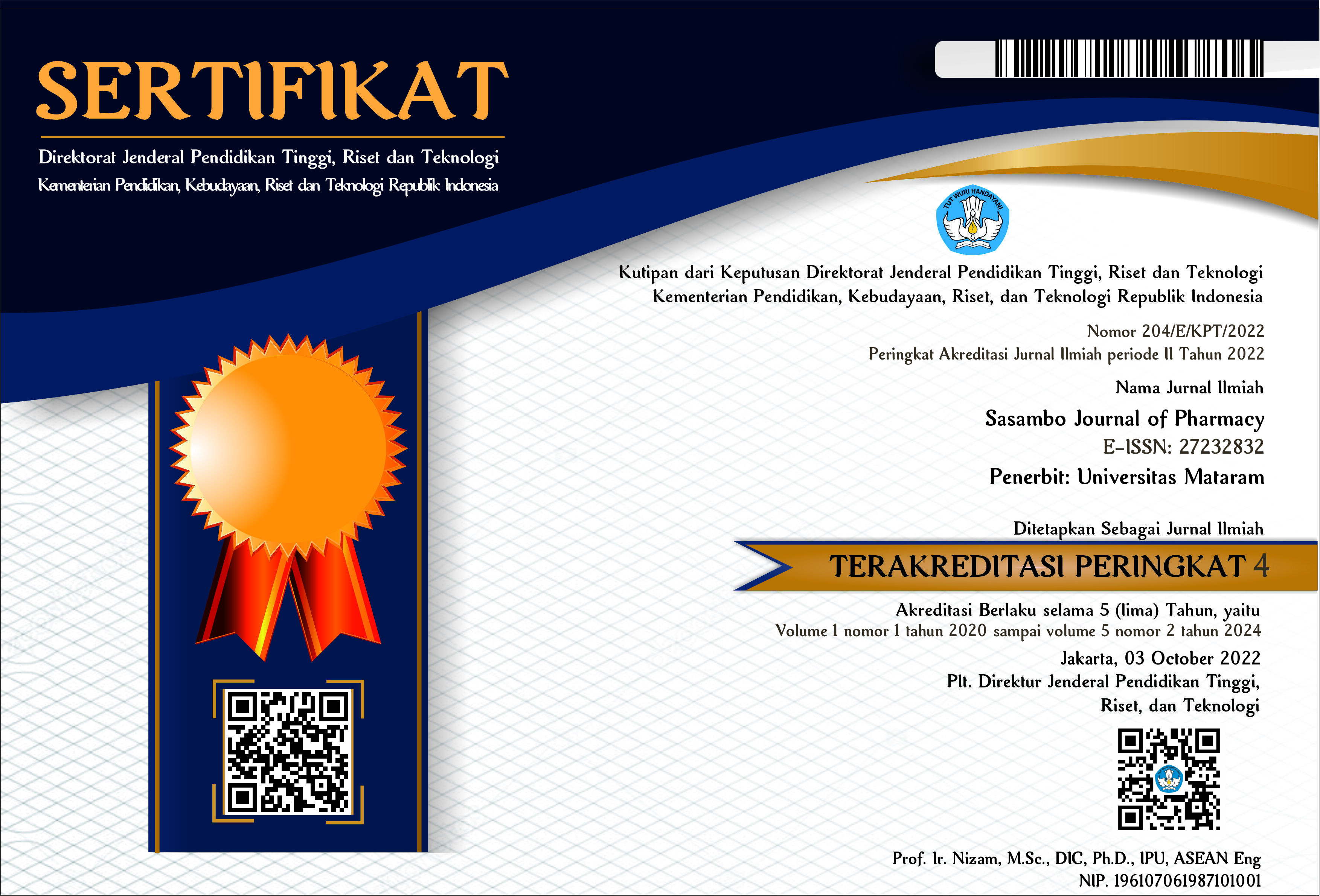Analisis perencanaan dan pengadaan guna menjamin ketersediaan obat di rumah sakit
DOI:
10.29303/sjp.v2i1.71Downloads
Abstract
Management of drug is one of the factors which contribute to the quality of hospital services. This study aimed at finding out drug planning in Pharmacy Unit of Adelia Surgical Hospital by using ABC analysis method. This research is qualitative descriptive study involving informants. Primary data were collected by interview with respondents and secondary data report of general drugs purchased period of May 2018 – May 2019. The Result using ABC analysis indicate that there are 23 (17,42%) kindof drugs in group A, 35 (26,52%) in group B and 74 (56,06%) in grup C. Group A if in the event of an excess or deficiency will couse harm to the hospital. ABC analysis method will effectively improve hospital drug consumption plan.
Keywords:
ABC Analysis, Drug Procurement Planning, Hospital ManagementReferences
Departemen Kesehatan RI. (2009). UU RI No 36 Tahun 2009 Tentang Kesehatan. Jakarta, Indonesia. Depastemen Kesehatan Republik Indonesia.
Febriawati, H. (2013). manajemen Logistik Farmasi Rumah Sakit. Gosyen Publishing. Yogyakarta.
Humang, R.I., & Haerana B.T. (2018). Analisis Perencanaan Pengadaan Obat di Rumah Sakit St. Madyang Palopo Propinsi Sulawesi Selatan. Jurnal Penelitian. Stikes Mega Buana Palopo. Sulawesi Selatan.
Kementrian Kesehatan RI. (2016). Permenkes RI No 72 Tahun 2016 Tentang Standar Pelayanan Kefarmasian di Rumah Sakit. jakarta, Indonesia. Kementrian Kesehatan Republik Indonesia.
Kencana, G.G. (2016). Analisis Perencanaan dan Pengendalian Obat Antibiotik di RSUD Cicalengka Tahun 2014. Jurnal Administrasi Rumah Sakit. 3(01). Universitas Indonesia. Jakarta. http://dx.doi.org/10.7454/arsi.v3i1.2211
Kindangen, G.E., Lolo, W.A., & Citraningtyas, G. (2018). Analisis Perencanaan Pengadaan Obat Berdasarkan Metode ABC di Instalasi Farmasi RSUD Noongan Langowan. Jurnal Pharmacon 7(3). Universiats Sam Ratulangi, Manado.
Prisanti, W., Arief, K.N.P., & Darnoto, S. (2019). Analisis Perencanaan dan Pengadaan Obat Dengan Metode Analisis ABC di Instalasi Farmasi RSIA Aisyiyah Klaten, Electronic Theses and Dissertations, Universitas Muhammadiyah Surakarta, Surakarta. http://eprints.ums.ac.id/id/eprint/77307
Quick, J.D., Rankin, Dias, & Vimal. (2012) Inventory Management in Managing Drug Supply. Third Edition. Arlington: Management Sciences For Health.
Risdiani, I., Pribadi, F., & Deflores, S.F.L. (2015). Analisis Perencanaan Persediaan Obat dengan Menggunakan Metode ABC Indeks Kritis di Instalasi Farmasi RSU PKU Muhammadiyah Bantul, Universitas Muhammadiyah Yogyakarta. Yogyakarta.
Seto, S., Nita, Y. & Triana, L. (2004). Manajemen Farmasi. Airlangga University Press, Surabaya.
Silalahi, B.N.B. (1989). Prinsip Managemen Rumah Sakit. Lembaga Pengembangan Managemen Indonesia. Jakarta.
Siregar, C.J.P. (2003). Farmasi Rumah Sakit Teori dan Penerapan. EGC. Jakarta.
Suciati, S., & Adisasmito, W.B.B. (2006). Analisis Perencanaan Obat berdasarkan Indeks Kritis di Instalasi Farmasi. Jurnal Manajemen Pelayanan Kesehatan 9(01) 19-26. Universitas Indonesia. Jakarta.
License
Authors who publish with Sasambo Journal of Pharmacy (SJP), agree to the following terms:
- Authors retain copyright and grant the journal right of first publication with the work simultaneously licensed under a Lisensi Creative Commons Atribusi 4.0 Internasional. This license allows authors to use all articles, data sets, graphics and appendices in data mining applications, search engines, web sites, blogs, and other platforms by providing an appropriate reference. The journal allows the author(s) to hold the copyright without restrictions and will retain publishing rights without restrictions.
- Authors are able to enter into separate, additional contractual arrangements for the non-exclusive distribution of the journal's published version of the work (e.g., post it to an institutional repository or publish it in a book), with an acknowledgment of its initial publication in Sasambo Journal of Pharmacy
- Authors are permitted and encouraged to post their work online (e.g., in institutional repositories or on their website) prior to and during the submission process, as it can lead to productive exchanges, as well as earlier and greater citation of published work (See The Effect of Open Access).







